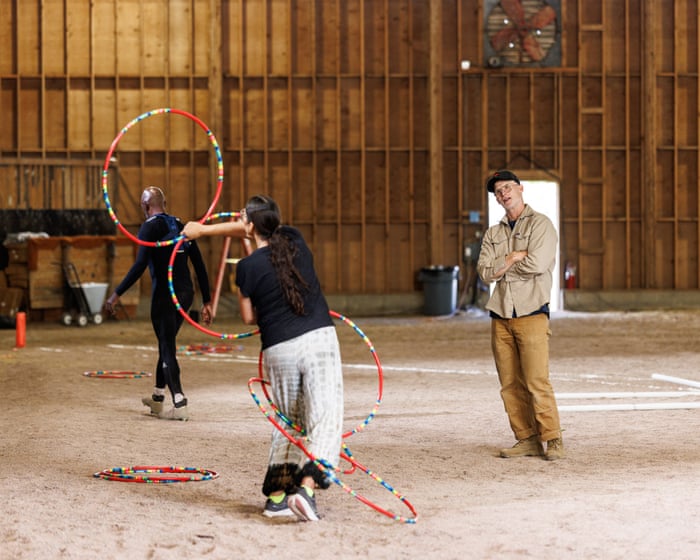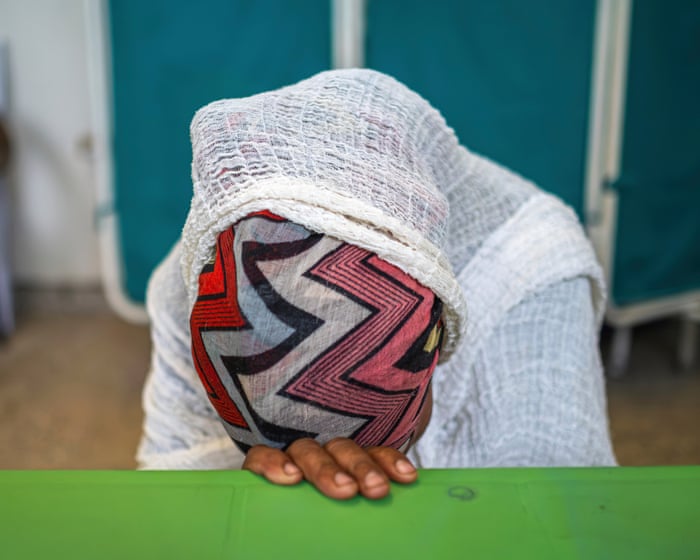Matthew Barney might just be the most fascinating man alive. In high school, he played football and wrestled, dreamed of becoming a plastic surgeon, modeled for J.Crew, and later became a groundbreaking avant-garde artist. He spent over a decade in a relationship with Icelandic musician Björk and even installed a massive countdown clock outside his studio to mark Donald Trump’s first presidential term.
No one delves into America’s violent undercurrents quite like Barney. Since the 1990s, his ambitious projects have woven together classical mythology, modern history, sports, anatomy, and pop culture to explore these themes.
On July 30, he’ll headline the Aspen Art Museum’s inaugural AIR 2025 festival in Colorado with TACTICAL parallax, a live performance in a repurposed riding arena—once the drill hall for the 10th Mountain Division infantry. Barney calls it his “western.” The festival warns attendees: “The performance will involve animals, loud sounds, bright lights, unexpected visuals, and may include the firing of blanks from a firearm.”
Barney is best known for The Cremaster Cycle (1994–2002), a series of five films, sculptures, and drawings blending human reproduction myths with surrealism. More recently, his 2018 film Redoubt—a two-hour, dialogue-free reimagining of the Diana and the wolf myth—was set in Idaho’s Sawtooth Mountains.
His 2023 work Secondary is a five-channel video installation examining violence in American football, focusing on the infamous 1978 NFL preseason hit by Oakland Raiders’ Jack Tatum that left New England Patriots’ Darryl Stingley permanently paralyzed. The collision, replayed endlessly on TV, left a lasting impression on the 11-year-old Barney.
“Redoubt explores the so-called wilderness in America and the violence embedded in the landscape, particularly in wildlife and land management in the mountain states,” Barney, now 58, explains from Idaho. “Secondary deals with structural violence in football and the spectacle of brutality in American contact sports.”
Both works are deeply personal. Barney grew up in Idaho, a conservative state with rugged terrain, which heavily influenced his art. “The reintroduction of wolves in central America unfolded during my adolescence—a political drama that shaped Idaho and Wyoming. It stayed with me, and I wanted to explore it artistically in a more intimate way.”
His time as a young football player also left its mark. “Much of my art has been shaped by my experiences in sports, especially the so-called blood sports,” he says. “With Secondary, I revisited a childhood memory—witnessing the Tatum-Stingley hit and its media aftermath—but it’s also about the broader culture of violence in the game.”




